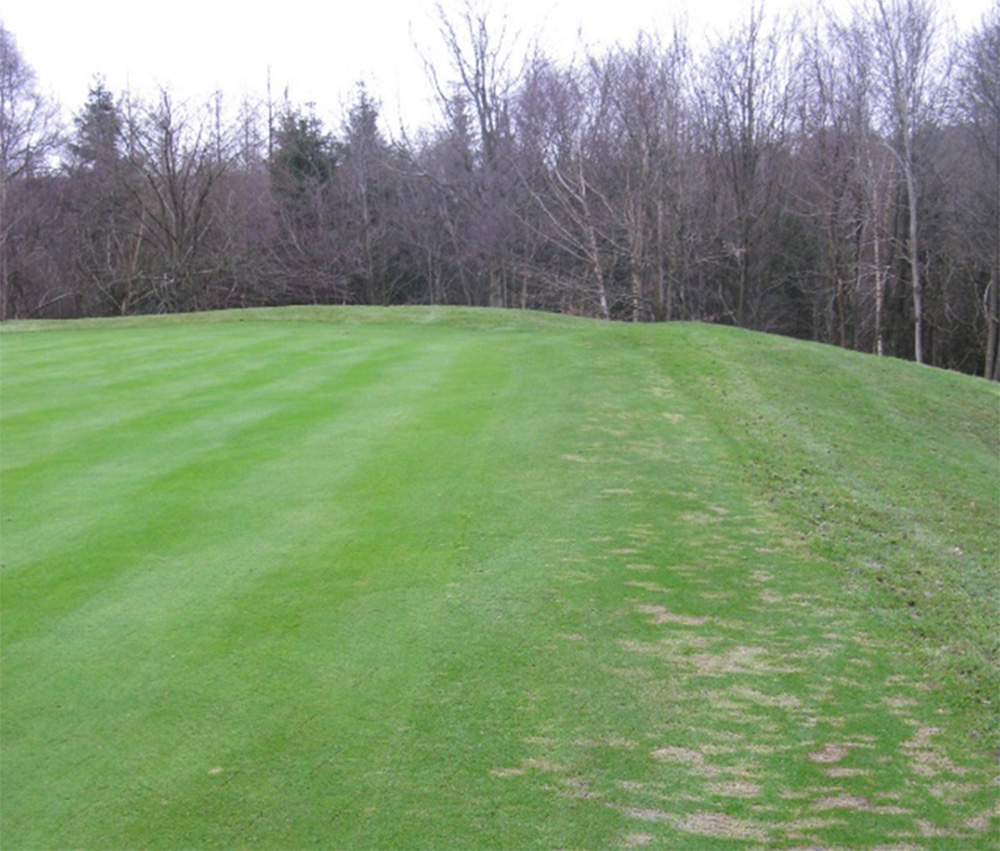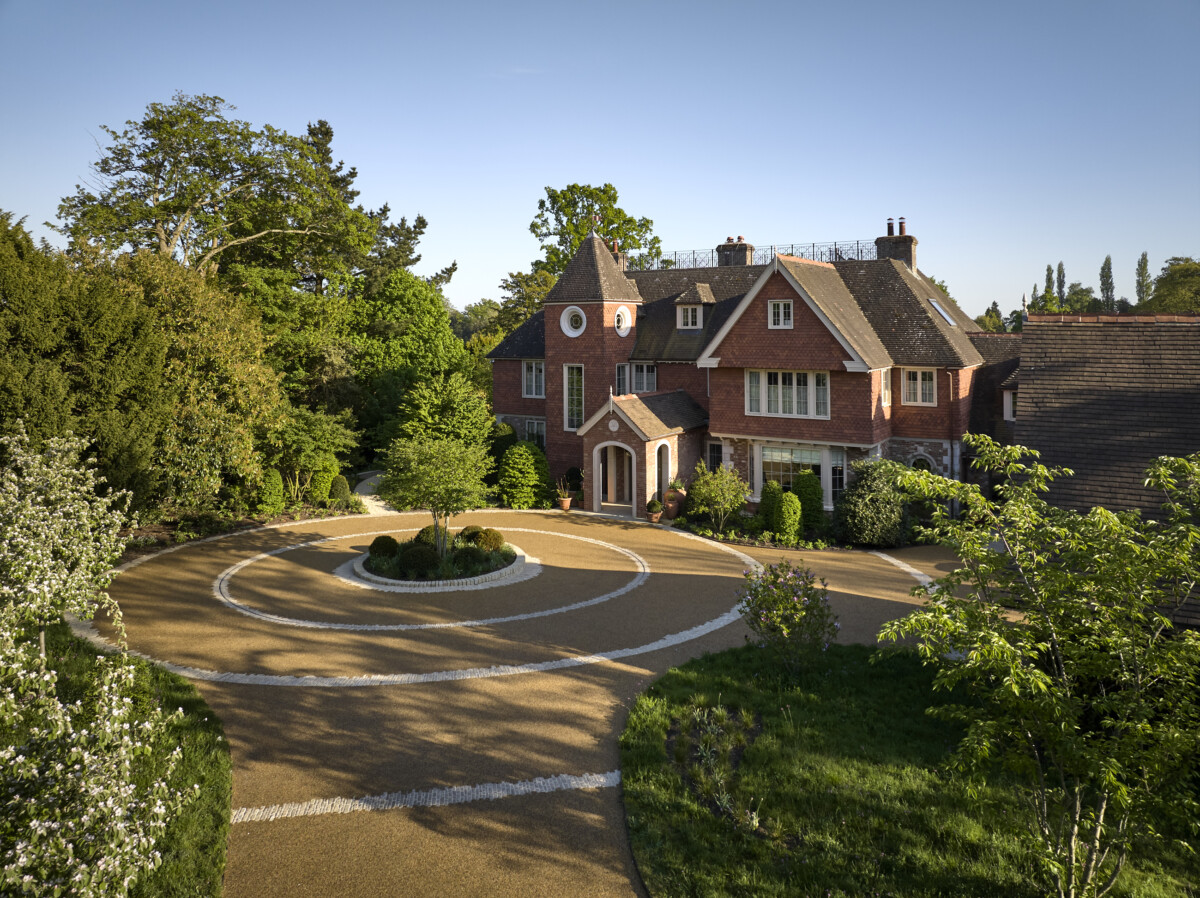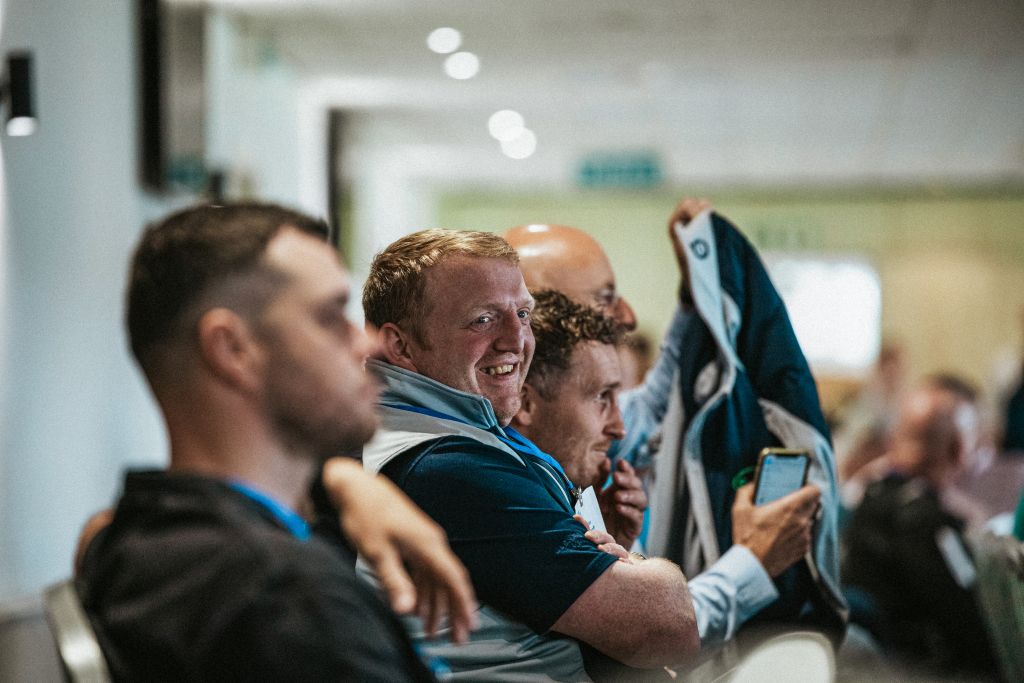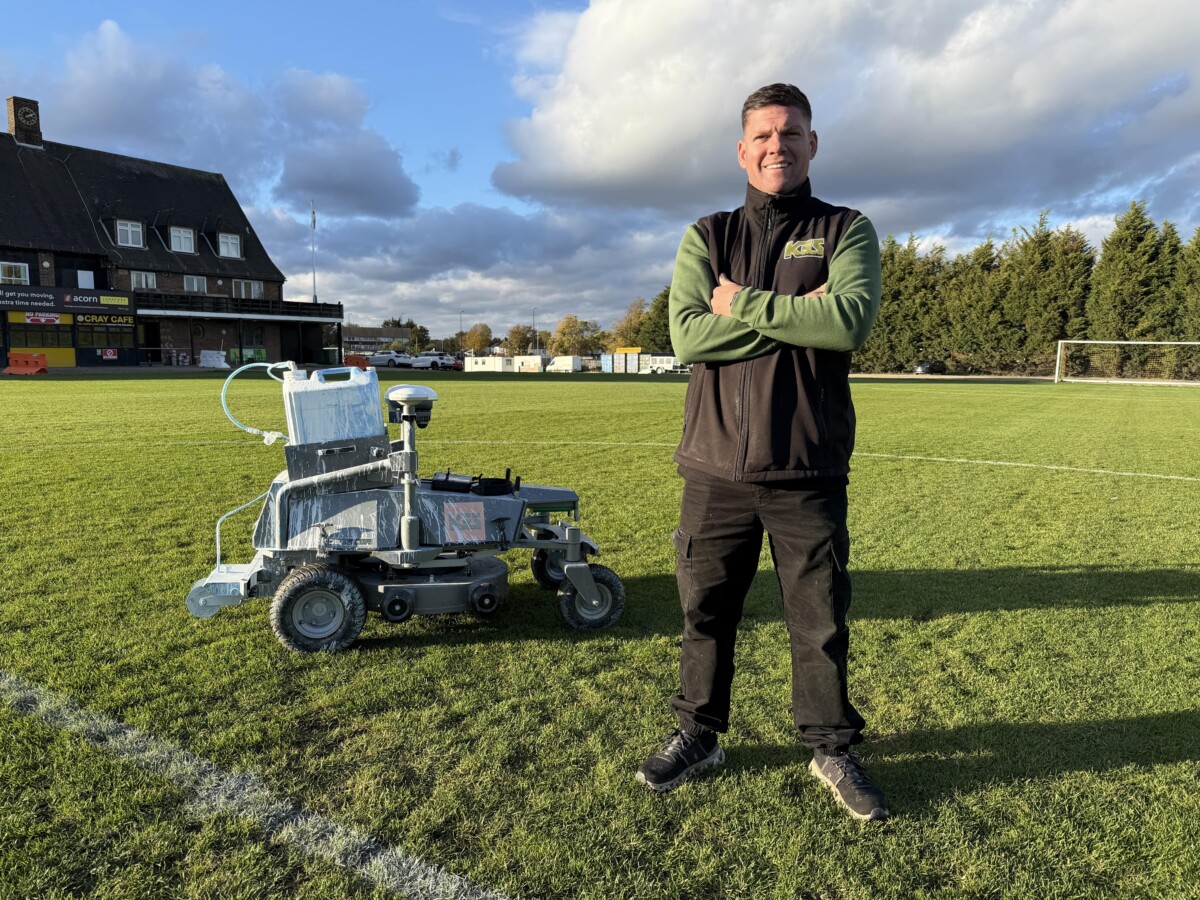Preventative, non-pesticidal approach proves key: Autumn is the season of mists and mellow fruitfulness, according to Keats, but for turf managers it is also the season when turf surfaces are most at risk from disease.
Management of disease, particularly Microdochium nivale which can be hugely damaging to both fine and sports turf surfaces, has changed dramatically in recent years – due to two main drivers: the changing climate and legislational changes, removing effective pesticides from turf managers toolkits. Headland Amenity explores.

Preventative, non-pesticidal approach proves key
With the reduction of available curative chemistry, it is no surprise that the latest approaches to tackling disease focus on challenging it before it strikes – utilising preventative treatments rather than relying on costly, repeated fungicide applications. Together with effective aeration and cultural maintenance programmes, applications of products defined as ‘non-pesticidal’ (not directly acting on the pathogen) are proving to be an effective management tool. Research indicates that if disease populations are kept to a minimum through October and November – traditionally the key months for disease infection – the potential for aggressive outbreaks during December and the following spring is significantly reduced.
The aim of a non-pesticidal programme, implemented as part of an integrated pest management (IPM) strategy is three-fold:
- To change the plants surface environment to make it harder for disease pathogens to grow on and into the leaf’s surfaces
- Stimulate the plant’s natural defence mechanisms
- Improve plant health, growth and strength by stimulating root and shoot development and chlorophyll production
Headland Amenity have been pioneering research work, carrying out trials using combinations of product to minimise Microdochium nivale, since 2007. This work paved the way for the now renowned 20-20-30 enhanced plant health (EPH) approach – utilising two plant protectants and a plant elicitor, all fully tank-mix compatible to boost plant health and combat disease. Headland’s 20-20-30 mix has been independently tested annually at the STRI in Bingley which has seen refinements and improvements to the programme, with the recent addition of Mantle®.
The first ‘20’ refers to protectant Liquid Turf Hardener. This is a low pH, liquid formulation of calcium, magnesium and nitrate nitrogen to facilitate rapid uptake and response even at low air and soil temperatures. Its role is to strengthen the plant cell wall to produce a harder, more disease resistant sward.
Turfite® Elite is a potassium phosphite-based elicitor and is the second key component in the 20-20-30 mix. Alongside potassium phosphite, Turfite® Elite features Salicylic acid, to maximise stimulation of the plants natural defence mechanism (SAR) and encourage plant growth. Research work by Headland Amenity as part of the Phosphite biostimulant stewardship group has also positively linked phosphite with both enhanced rooting and more efficient nitrogen utilisation – all contributing towards healthier growth and limiting the potential for damage by pathogens.
The second protectant product, Seamac® Proturf Fe is the final component, incorporated at a rate of 30l/ha. Seamac® Proturf Fe is a liquid formulation of chelated iron supplemented with magnesium and seaweed which acidifies the surface of the leaf to discourage pathogenic fungal growth. By using multiple forms of iron, Seamac® Proturf Fe also offers a rapid green up after application, and optimum long-lasting winter colour.
Found to enhance efficacy, Mantle® has been recommended to supplement applications of the 20-20-30 tank-mix since 2018. Mantle® is a water-soluble micronutrient package containing manganese, zinc, magnesium and Harpin Plant Elicitor. Mantle® creates an environment on the plant leaf surface that discourages pathogen growth and stimulates physiological processes conducive to better plant growth. Mantle® should be applied at 10kg/ha during normal and high disease activity periods.

Preventative, non-pesticidal approach proves key
Over the winter of 2021-22, trials were conducted at the STRI along with Headland’s own study at the Origin Amenity Throws Technology Centre. The findings demonstrated extreme effectiveness of the 20-20-30 mix in preventing disease – with minimal disease at all recorded on the treated plots between the months of September to March, while an average of 13% disease content was recorded on control plots during the same period. Along with excellent control, visual merit was also apparent even in areas that were neighboured by severely affected plots. In addition, turf health was measured via NDVI (Normalised Difference Vegetation Index) readings where, again, the 20-20-30 mix maintained superior health to control.
John Hunnisett, Course Manager at Gillingham Golf Club recently discovered the 20-20-30 programme and credits the combination of products with making a huge difference to the health and presentation of the greens. “The combination of reducing organic matter and enhancing plant health with monthly applications of 20-20-30 between September and March has drastically reduced the amount of disease we registered – and what we did get was easily recoverable and didn’t lead to scarring.”
Essendon Country Club is another venue to benefit from the enhanced plant health mix, emerging from the autumn and winter of 2021 disease-free. “Where we would traditionally begin applications of 20-20-30+Mantle at the end of September, we brought this forward to the end of August last year because of the concerns we had about disease, Fusarium in particular” explains Director of Courses Marc Winnan. “The 20-20-30+Mantle was complemented with applications of DewCure™ to reduce leaf moisture and this combination, without a doubt, had a massive impact on protecting plant health and saw us get through the whole winter with no disease.”
For the latest industry news visit turfmatters.co.uk/news
Get all of the big headlines, pictures, opinions and videos on stories that matter to you.
Follow us on Twitter and Instagram for fun, fresh and engaging content.
You can also find us on Facebook for more of your must-see news, features, videos and pictures from Turf Matters.


























